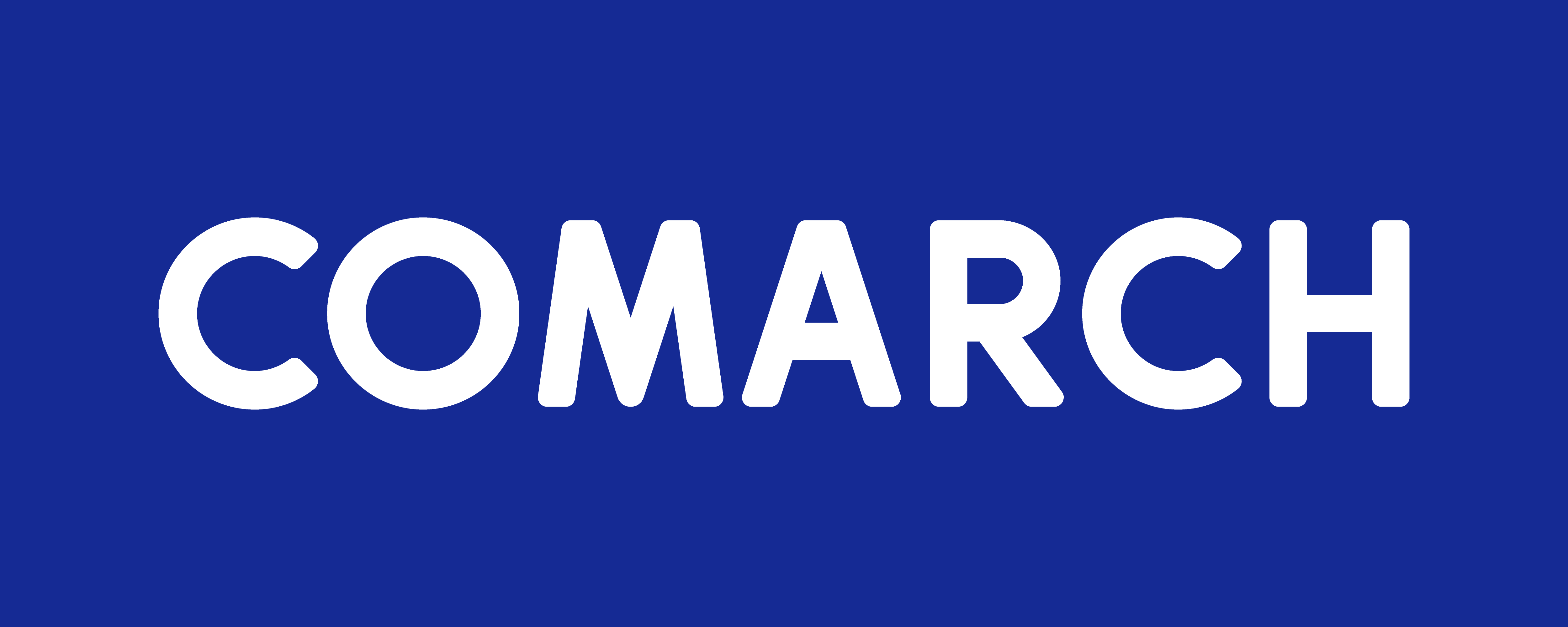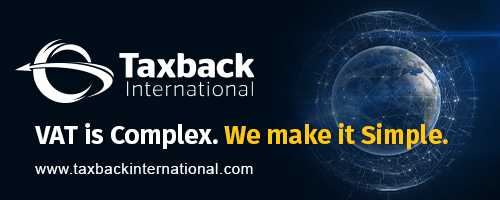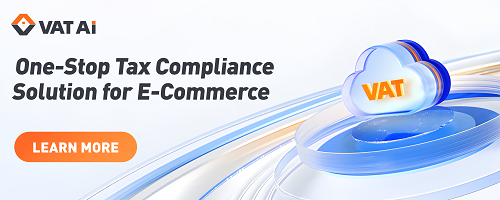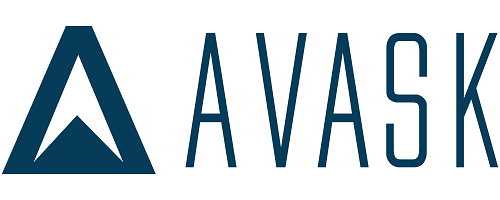- Businesses in the European Union are transitioning from paper-based invoicing to electronic invoicing (e-invoicing) for increased efficiency, reduced environmental impact, and faster payment processing.
- The EU has recognized the advantages of e-invoicing and has taken significant steps to promote its adoption.
- E-invoicing involves the electronic transmission of invoice data between trading partners, usually structured according to specific standards that allow for automated processing.
- The most commonly used e-invoicing formats in the EU are based on the European Norm (EN) or Universal Business Language (UBL).
- The adoption of e-invoicing in the EU brings numerous advantages to businesses, governments, and society as a whole, including efficiency, cost savings, faster payments, environmental impact reduction, increased accuracy, real-time tracking, and enhanced security.
- The EU has implemented legal frameworks and initiatives to support electronic invoicing practices across member states, including Directive 2014/55/EU, eIDAS Regulation, VAT Directive (2006/112/EC), PEPPOL (Pan-European Public Procurement Online), and national legislation.
- To ensure compliance with the legal framework, businesses must adhere to specific requirements.
Source Taxually
See also
- E-Invoicing/Real Time Reporting – What can you find on VATupdate.com
- Worldwide Upcoming E-Invoicing mandates, implementations and changes – Chronological
- Collection of E-Invoicing Guides – Worldwide – VATupdate
- Join the Linkedin Group on Global E-Invoicing/E-Reporting/SAF-T Developments, click HERE
- Join the LinkedIn Group on ”VAT in the Digital Age” (VIDA), click HERE















